In a political climate rife with contentious and emotional immigration debate, with coverage from everyone from NPR, to USA Today, to BuzzFeed covering the presidential election and the centralized issue of immigrating, U.S. Immigration has announced earlier this month that officials plan sweeping raids throughout May and June in an effort to deport immigrant families who have entered the country illegally.
According to statements from the Homeland Department the raids are part of a plan implemented in January of removals and targeting “convicted criminals and others who constitute threats to public safety and national security, as well as recent border crossers.” The department described the recent border crossers as those who were caught at the border after Jan. 1, 2014, “have been ordered removed by an immigration court, and have no pending appeal or pending claim for asylum or other humanitarian relief” under U.S. laws.
They have said that in all but emergency cases the Department of Homeland Security would avoid arresting migrants at “sensitive locations,” such as schools, hospitals, and places of worship. They are removing families that the administration says did not show up for their court appearances or those who have refused to comply with orders to leave the country. They also said that the raids are in response to a surge of undocumented immigrants from Central America. From CBS News: “Apprehensions at the southwest border are up, with 32,117 family units (a child with an adult family member) for fiscal 2016 through March, compared to 13,913 for the same time period in 2015. Similarly, in fiscal 2016 through March, 27,754 unaccompanied children were apprehended at the border, compared with 15,616 last year in the same period.”
However, all of this is ignoring the fact that the focus here is undocumented mothers and children. The Department of Homeland Security is is making targets out of women and children who should be protected rather than deported. These mothers and children from Central America are not coming here to work, they are coming here to flee the brutal and violent situation in their home countries. Instead of seeing these Central American immigrants as refugees or asylum seekers, we are currently treating them as undocumented workers smuggling themselves over the border. In fact, there are more and more cases of women walking across the border openly and appealing a case to stay to the Border Patrol agents.
From CNN: “Defending the raids, on Friday White House spokesman Josh Earnest said, “If this serves to discourage people from considering to make this journey, that would be a good thing.” Still, nothing can change people’s minds when they are literally fleeing for their lives. The women and children targeted by the Obama administration are from Honduras, Guatemala and El Salvador, three countries that regularly rank among the world’s most dangerous nations. In these countries, forced gang conscription, sexual violence and homicides are a fact of daily life; one El Salvadoran dies every hour due to violence.”
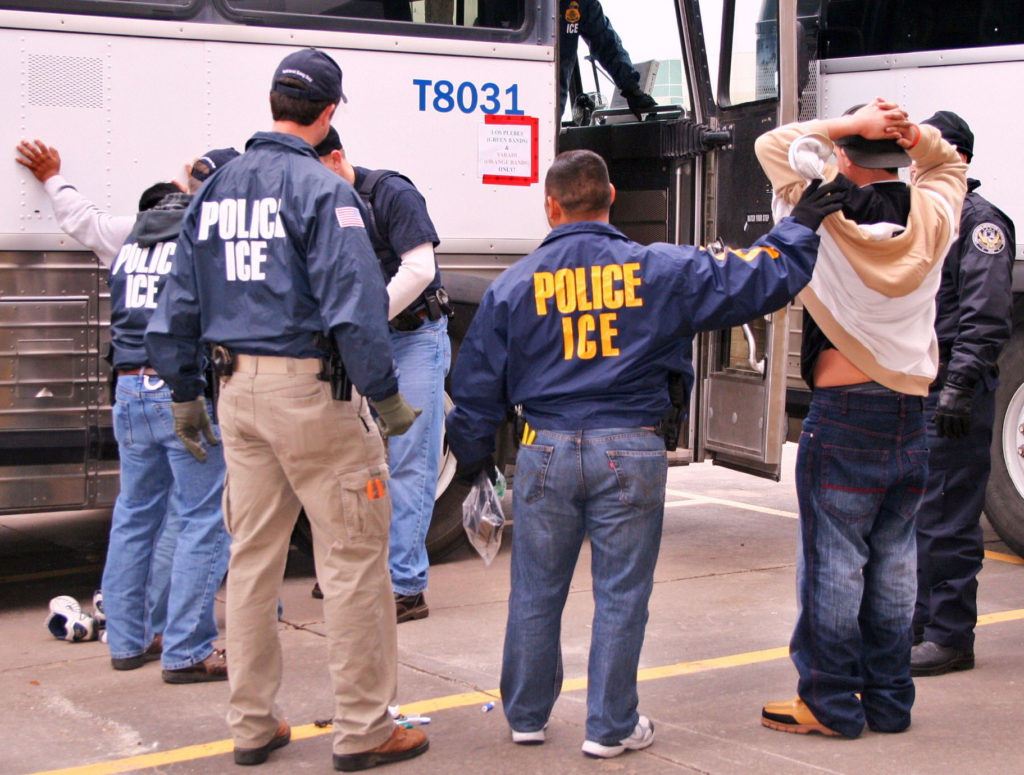
 Opposition towards immigration began in the late 19th century as the immigrants coming into the United States (Irish Catholics, Germans, Chinese, Spanish) were ethnically different than the immigrants who had already established themselves (English Protestants). Eventually the opposition became strong enough to create political pressures that called for immigration restrictions during the early 20th century.
Opposition towards immigration began in the late 19th century as the immigrants coming into the United States (Irish Catholics, Germans, Chinese, Spanish) were ethnically different than the immigrants who had already established themselves (English Protestants). Eventually the opposition became strong enough to create political pressures that called for immigration restrictions during the early 20th century.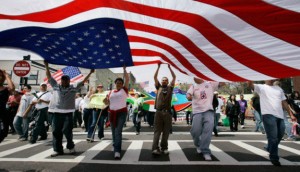 Immigrating to the United States of America is not made easy by all of the laws an bureaucracies put in place. Many people in the United States are against amnesty and other forms of citizenship that allow illegal immigrants to stay in the United States. Their rational being that if the illegal immigrants want to stay in the United States, they should apply for a visa and wait until they are legally approved. This makes sense at first glance, but within the constructs of the law is an extremely untimely bureaucratic process that gives immigrants little hope of living legally in the United States anytime soon.
Immigrating to the United States of America is not made easy by all of the laws an bureaucracies put in place. Many people in the United States are against amnesty and other forms of citizenship that allow illegal immigrants to stay in the United States. Their rational being that if the illegal immigrants want to stay in the United States, they should apply for a visa and wait until they are legally approved. This makes sense at first glance, but within the constructs of the law is an extremely untimely bureaucratic process that gives immigrants little hope of living legally in the United States anytime soon.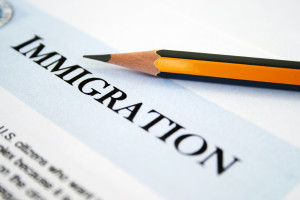 “What do the American people want immigration to do for the United States”[1]? According to George Borjas, one of the leading labor economists who specialize in immigration issues, this should be the fundamental question in the modern immigration debate. Technically, everyone who now lives in the United States has some ancestor that immigrated to the United States from abroad and there was a point in time where there was no immigration policy. As the United States became wealthier and wealthier, an immigration policy became necessary to keep overpopulation and major wealth divisions from happening. Typically, when policy makers of the world focus on the immigration debate, they seem to use economics as their main basis for policy change. This is how immigration policy is implemented in most countries. If immigration were to make the native people economically worse off, why wouldn’t a country impose a strict immigration policy? On the other hand, if immigration were to make the native population economically better off, why wouldn’t a country impose a more lose immigration policy? This paper will describe the political forces in Canada and the United States that led to their different historic approaches to immigration, and then analyze their respective current policies in both political and economic terms.
“What do the American people want immigration to do for the United States”[1]? According to George Borjas, one of the leading labor economists who specialize in immigration issues, this should be the fundamental question in the modern immigration debate. Technically, everyone who now lives in the United States has some ancestor that immigrated to the United States from abroad and there was a point in time where there was no immigration policy. As the United States became wealthier and wealthier, an immigration policy became necessary to keep overpopulation and major wealth divisions from happening. Typically, when policy makers of the world focus on the immigration debate, they seem to use economics as their main basis for policy change. This is how immigration policy is implemented in most countries. If immigration were to make the native people economically worse off, why wouldn’t a country impose a strict immigration policy? On the other hand, if immigration were to make the native population economically better off, why wouldn’t a country impose a more lose immigration policy? This paper will describe the political forces in Canada and the United States that led to their different historic approaches to immigration, and then analyze their respective current policies in both political and economic terms. A recent article on Real Clear Politics discusses the consequences suffered by Obamas inaction on immigration reform. While speaking at political fundraisers last week in Texas, Obama refused to take photographs on the border. The Obama administration decided to focus on the stimulus package, Obamacare, and global warming initiatives instead of immigration.
A recent article on Real Clear Politics discusses the consequences suffered by Obamas inaction on immigration reform. While speaking at political fundraisers last week in Texas, Obama refused to take photographs on the border. The Obama administration decided to focus on the stimulus package, Obamacare, and global warming initiatives instead of immigration.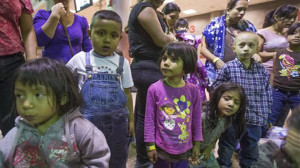 In a recent article by the New York Times, an immigration law has just been recently passed to curb child trafficking. One of the last things that George W. Bush did as president was sign one final piece of legislation. “This is a piece of legislation we’re very proud to sign” White House spokesman, Tony Fratto, told to reporters on December 23, 2008 as the president signed the William Wilberforce Trafficking Victims Protection Reauthorization Act of 2008. This program was named after the 19th century British abolitionist and the program will be very effective around the world in trying to stop trafficking.
In a recent article by the New York Times, an immigration law has just been recently passed to curb child trafficking. One of the last things that George W. Bush did as president was sign one final piece of legislation. “This is a piece of legislation we’re very proud to sign” White House spokesman, Tony Fratto, told to reporters on December 23, 2008 as the president signed the William Wilberforce Trafficking Victims Protection Reauthorization Act of 2008. This program was named after the 19th century British abolitionist and the program will be very effective around the world in trying to stop trafficking.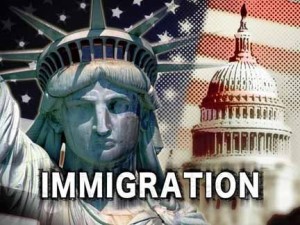 In 2013, the Department of Homeland Security deported 368,644 immigrants from the United States at a rate of 1,010 people a day.
In 2013, the Department of Homeland Security deported 368,644 immigrants from the United States at a rate of 1,010 people a day.